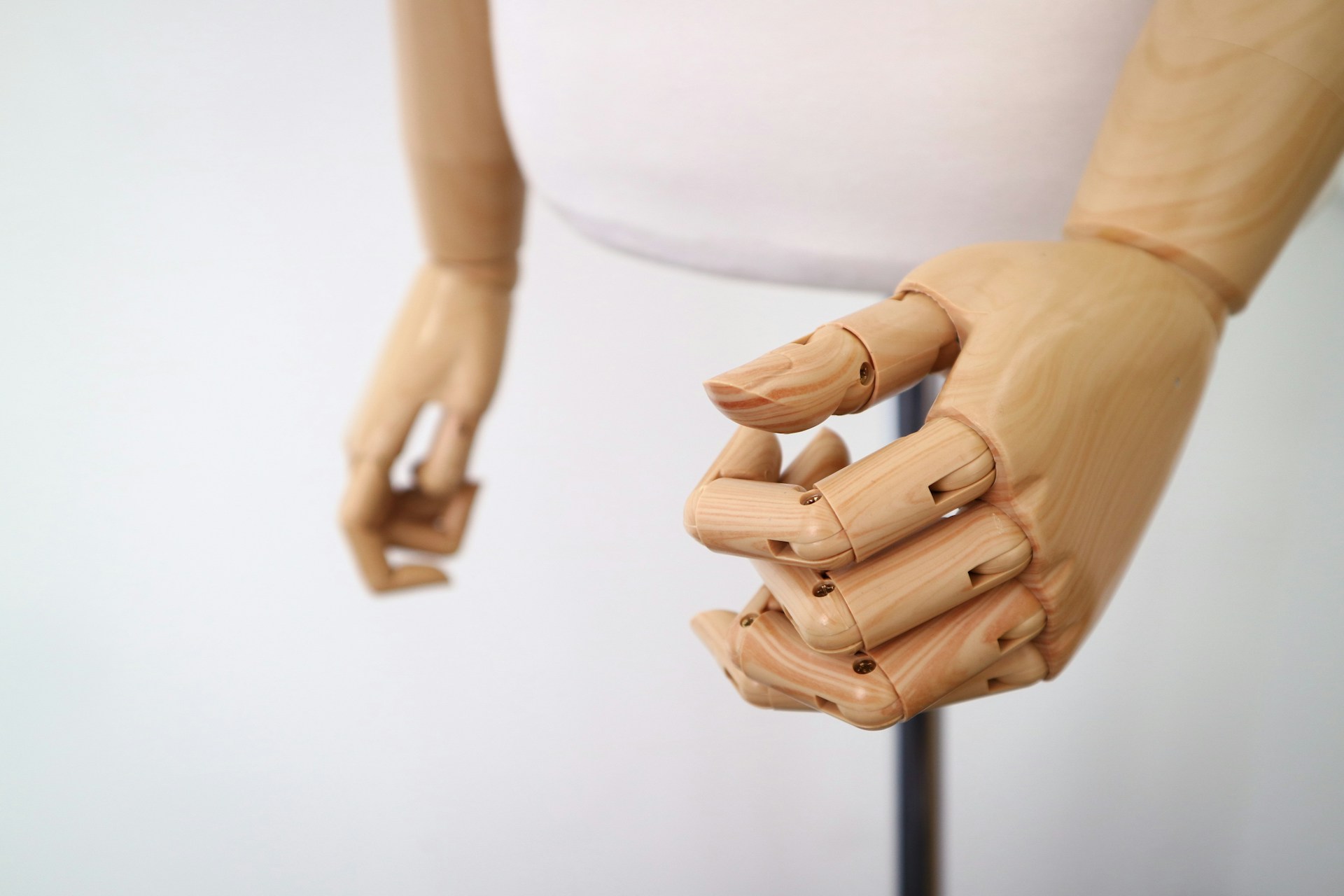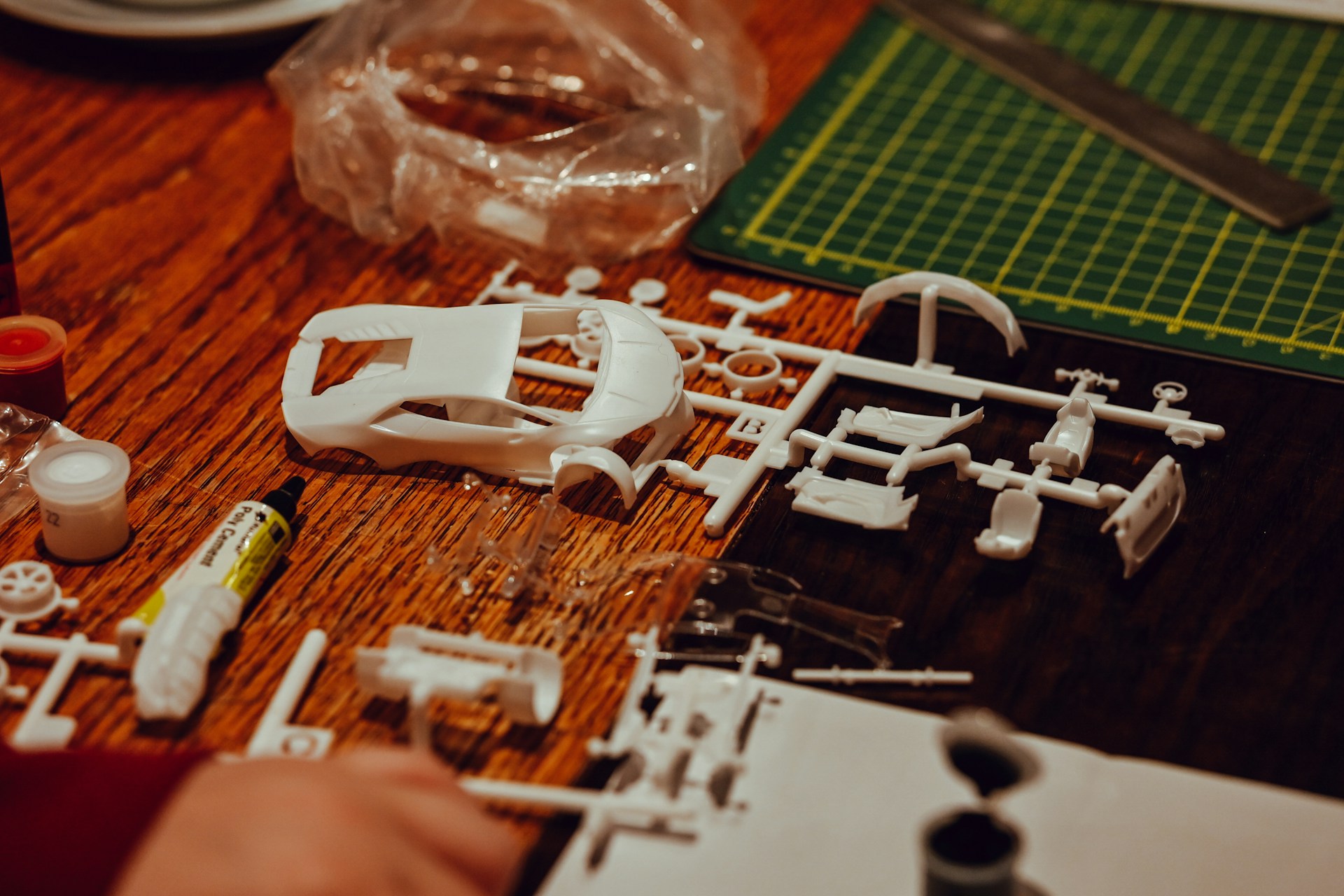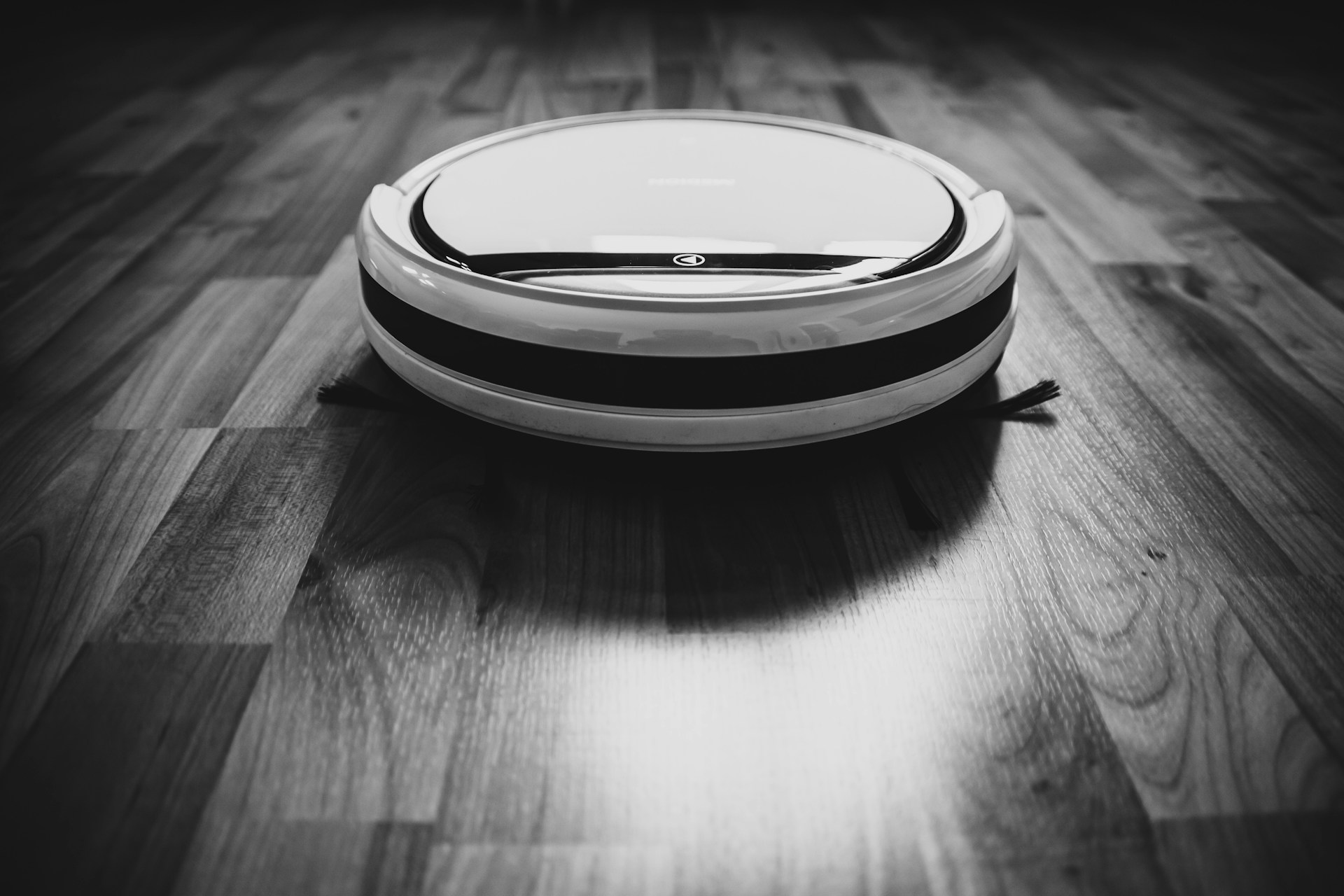
Types of Robotic Sensors and Their Uses in Everyday Life
February 1, 2023 - Ellie Gabel
Revolutionized is reader-supported. When you buy through links on our site, we may earn an affiliate commission. Learn more here.
You might not have noticed some of them, but robotic sensors are present in many places in our modern, digital world. They help us make small meticulous tasks more efficient and secure. This guide takes you through the many types of robotic sensors and how we use them in our everyday lives.
What Qualifies as a Robotic Sensor?
A robotic sensor is any device that measures specific characteristics of its environment. We can use these measurements to fix human errors, bolster cybersecurity and learn more in-depth information about the world around us. You’ll read about all types of robotic sensors here, from physical qualities to things the human eye cannot see. Let’s start with a simple one.
1. Light Sensors
Light sensors are perhaps the most common types of robotic sensors. They detect changes in an environment’s light and respond by increasing their voltage. Photoresistors and photovoltaic cells are present in our mobile devices, remote controls, automatic light fixtures and emerging renewable energy sources such as solar power.
2. Sound Sensors
Sound sensors detect sound waves and change the waves’ voltage according to the user’s needs. Microphones are the primary examples of sound sensors. We also use them with language translation tools and voice recognition devices. Many residential and commercial security systems have sound-activated alarms that rely on sound sensors.
3. Proximity Sensors
Proximity sensors can detect the presence of objects through electromagnetic radiation instead of making contact with them. When something penetrates the radiation field, a receiver immediately sends a signal to the user.
The most common types of proximity sensors we use are photoresistors, ultrasonic sensors and infrared transceivers. All of these devices emit light or sound waves that trigger a signal when disturbed. They’re extremely useful for distance measurement. Inductive and capacitive proximity sensors also have specific uses in the field of physics.
4. Distance Sensors
Distance sensors are similar to proximity sensors, detecting the exact position of an object using pulses of light or radiation. This radiation can take many forms, including ultrasonic pulses, infrared pulses, laser lights and encoders. Based on the pulse’s reaction, the user can measure an object’s exact distance by calculating its relationship to the speed of light or sound.
5. Navigation Sensors
Navigation sensors, also known as positioning sensors, can detect the rough location and velocity of an object. Global positioning systems (GPS) are the most widely used navigation sensors, with satellites all around the world transmitting signals that help people find their destinations.
Digital compasses and localization systems also contain these types of robotic sensors based on external factors such as the area’s magnetic field, natural landmarks or artificial beacons. Wi-Fi, Bluetooth and radio transmitters all rely on navigation sensors to be compatible with our devices.
6. Contact Sensors
Contact sensors are simple enough, detecting anything that they physically touch. Any switch that involves pushing, flipping or turning contains contact sensors, making them one of the oldest types of robotic sensors. They also have new applications in touch screen devices that only react to human touch.
7. Pressure Sensors
Pressure sensors also rely on touch, but they’re more sensitive than most contact sensors. They also have different reactions to specific applications of force. They’re highly versatile and measure all kinds of pressure, including blood, water and air. You also use a pressure sensor when you vacuum your living space.
8. Acceleration Sensors
Acceleration sensors, or accelerometers for short, measure two types of forces that might impact an object’s velocity: static and dynamic. Static force is the amount of friction between any two objects, while dynamic force is the amount of pressure required to move an object. Both are essential for determining the object’s trajectory and velocity.
9. Chemical Sensors
Some robots use chemical sensors to detect changes in a gas, solid or liquid’s chemical composition. Breathalyzers, pH sensors and carbon monoxide detectors are three of the most common types. We can also find them in automobiles, medical devices and home security systems.
10. Temperature Sensors
Temperature sensors monitor and regulate a selected environment’s temperature. Thermometers can monitor, but they can’t regulate, so they technically don’t belong to this type of robotic sensor. Other devices such as engine coolant, food processing tools and home or vehicle environmental control features fall under this category.
11. Tilt Sensors
Tilt sensors detect the exact amount of tilt in an object and prevent the user from losing power over it. You can find them in devices big and small, including gaming controllers, cars, boats and aircrafts. Whenever you need to tilt these devices for any reason, a tilt sensor is responsible for keeping them balanced and keeping you in control.
12. Voltage Sensors
Voltage sensors have straightforward roles, converting the potency of an electronic device’s voltage for various purposes. Megaphones and amplifiers all have voltage sensors that increase the user’s sound output. LED lights can also contain voltage sensors that automatically light up when they sense a sudden change in power.
13. Current Sensors
Current sensors have similar functions to voltage sensors, monitoring and changing the AC and DC currents of an electrical circuit. The changes are small and easily measurable, only reaching up to five volts, but the addition of a microcontroller can increase the current sensor’s potential. They have become more commonplace with the growth of Internet of Things technology.
14. Gas Sensors
Gas sensors use nanotechnology to detect the presence of foreign or harmful gasses. You can find them in carbon monoxide detectors, at gas stations and in advanced HVAC systems. Some smart home technology also contains detailed gas sensors that monitor air quality.
15. Humidity Sensors
Humidity sensors have a simple role of tracking an environment’s humidity. They’re one of the more common sensors, with applications in HVAC systems, vehicles, weather devices and food processing plants. They’re also crucial for home appliances we use every day, such as ovens, dryers, refrigerators and freezers.
16. Potentiometers
Potentiometers are some of the oldest types of robotic sensors. They have four different types: slide, dual slide, multi-turn slide and motorized fader. We use them for a variety of things, such as controlling the brightness or volume on our electronic appliances, using gaming controllers and adjusting medical equipment.
17. Magnetic Field Sensors
Magnetic field sensors detect the strength of an area’s magnetic field. Scientists often use them with Hall Effect switches, magnetoresistive devices and magnetic reed switches. They’re also useful for navigation and industrial purposes, helping users determine the direction or strength of a specific location.
18. Gyroscopes
A gyroscope, or gyro for short, uses angular momentum to measure an area’s orientation around an axis. The most common gyro application is to make robots independent from earth’s gravitational pull to maintain proper orientation. They’re also found in the wheels of bicycles and motorcycles, helping keep the vehicles balanced despite a small center of gravity.
19. Inertial Measurement Units
Inertial Measurement Units (IMUs) combine the roles of gyros, magnetic field sensors and acceleration sensors to detect all changes – pitch, roll and yaw – in an object’s orientation. You can find them in most modern day vehicles, aircrafts, satellites, missiles and other such objects that require strict attention to detail.
Robotic Sensors are Everywhere
We use robotic sensors in virtually every electronic device, from our phones to the world’s most complex satellites. The many types of robotic sensors are a testament to how far humans have advanced in the last 20 years, let alone the last century. Next time you use a device for an everyday task, be grateful that you live in the only time period in history that has such technological capabilities.
Revolutionized is reader-supported. When you buy through links on our site, we may earn an affiliate commission. Learn more here.
Author
Ellie Gabel
Ellie Gabel is a science writer specializing in astronomy and environmental science and is the Associate Editor of Revolutionized. Ellie's love of science stems from reading Richard Dawkins books and her favorite science magazines as a child, where she fell in love with the experiments included in each edition.







